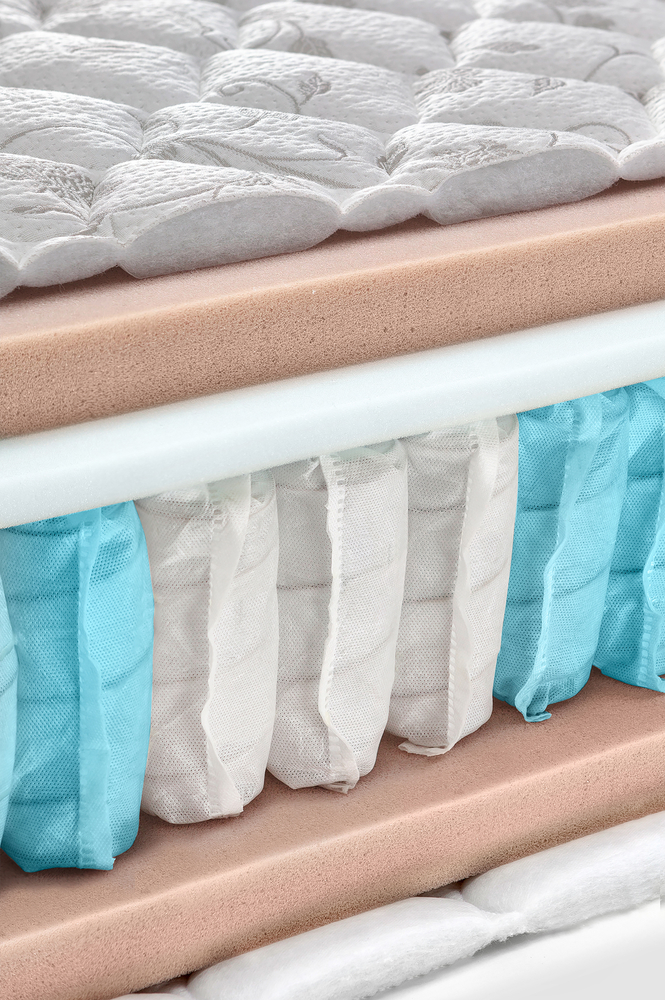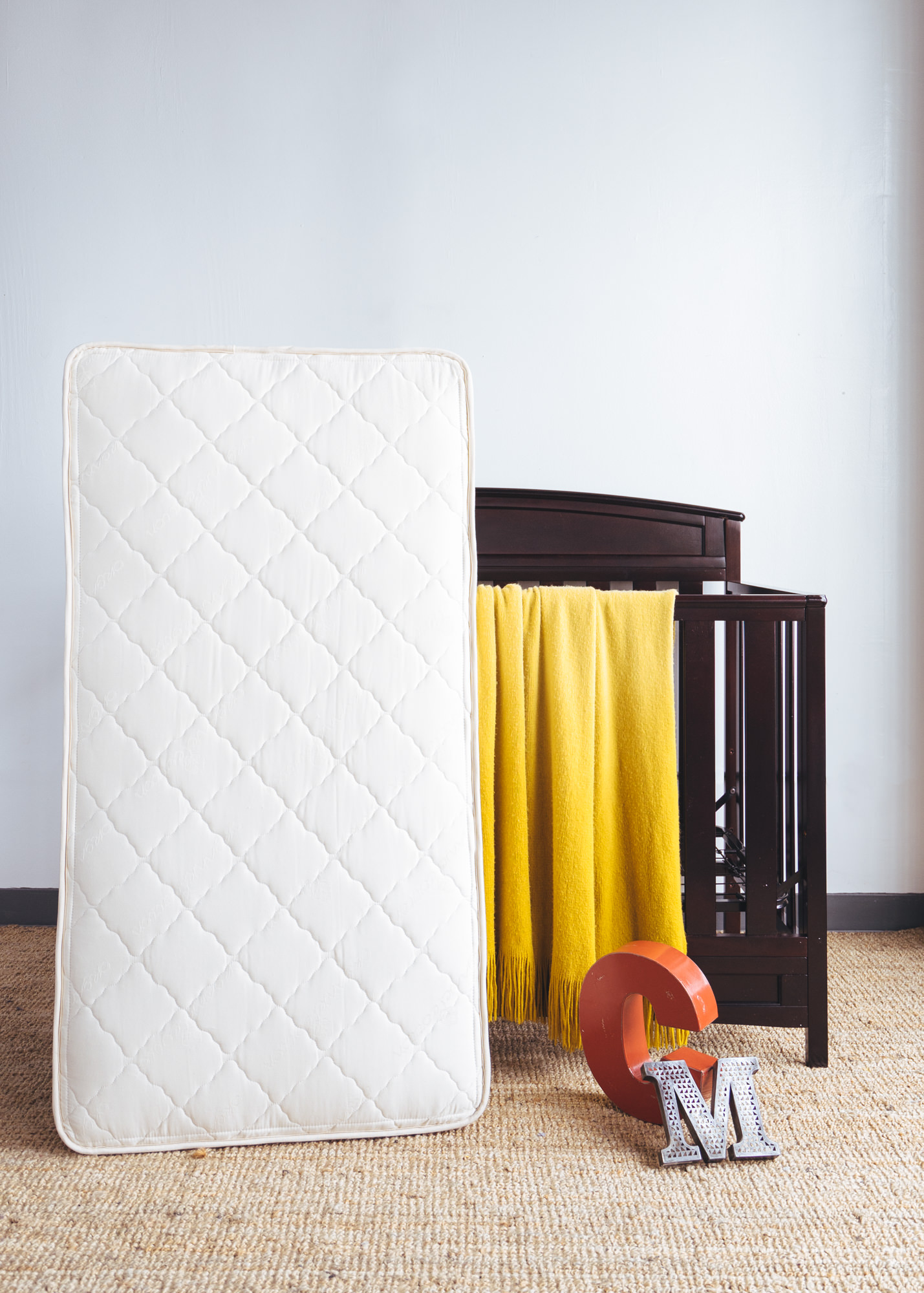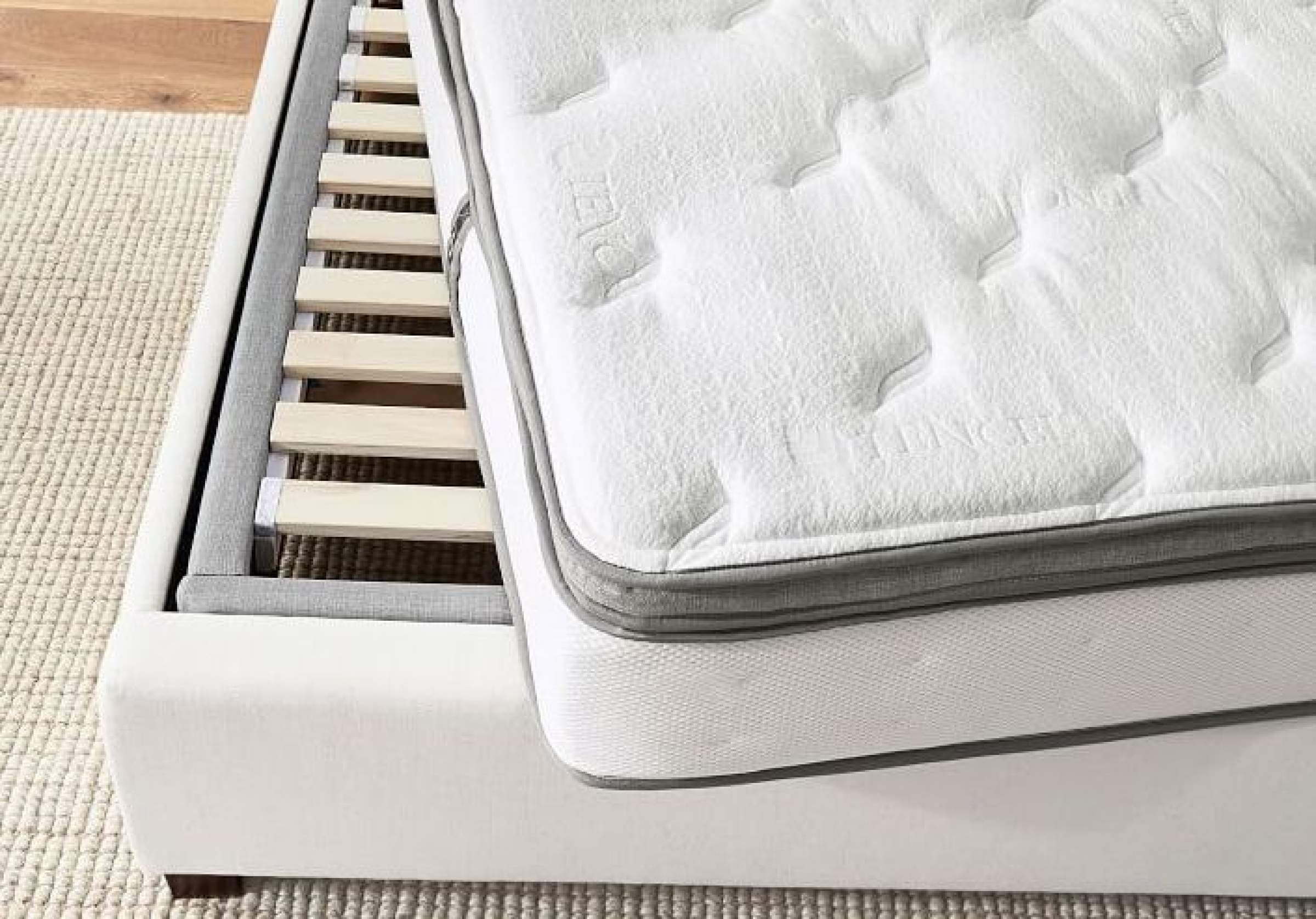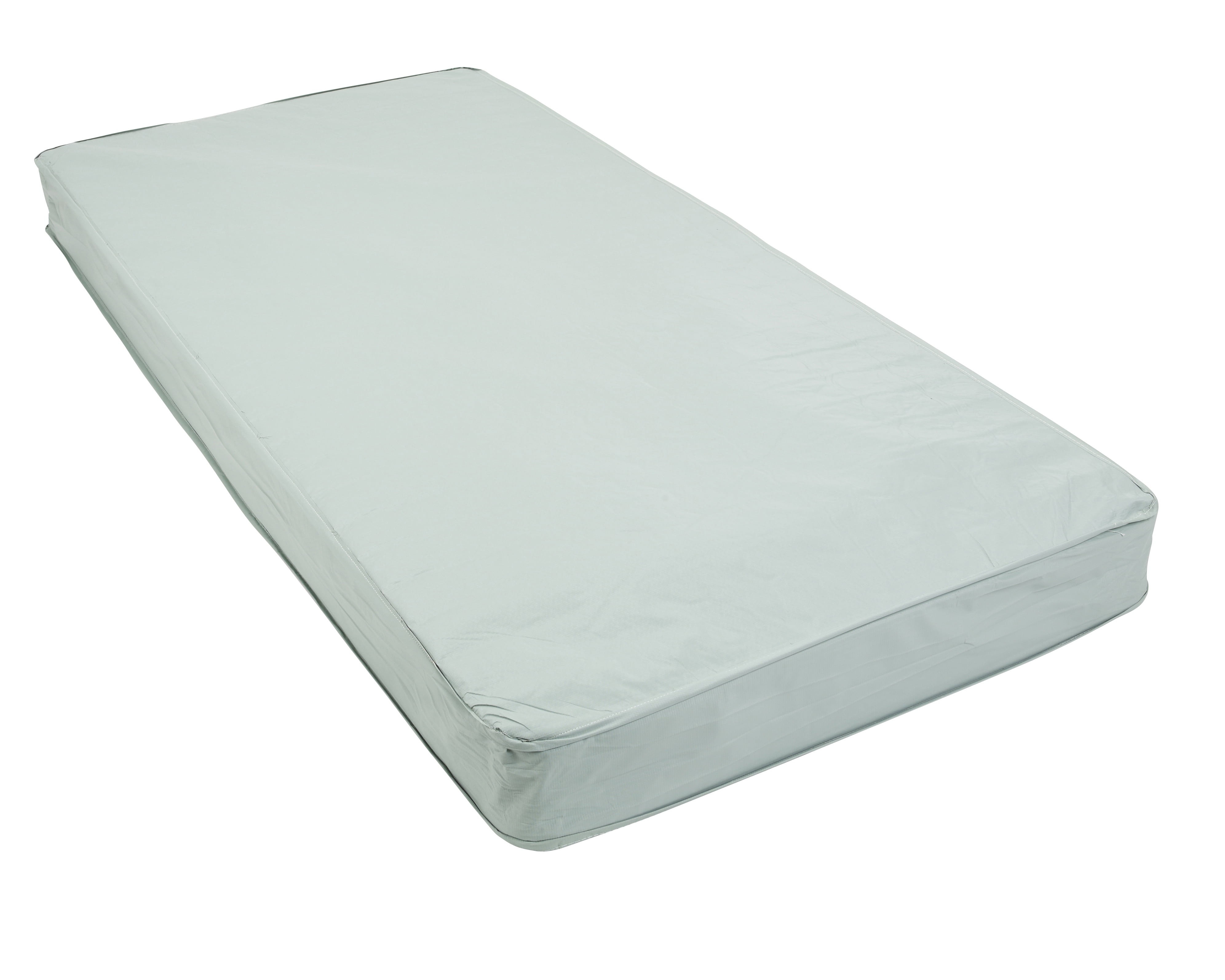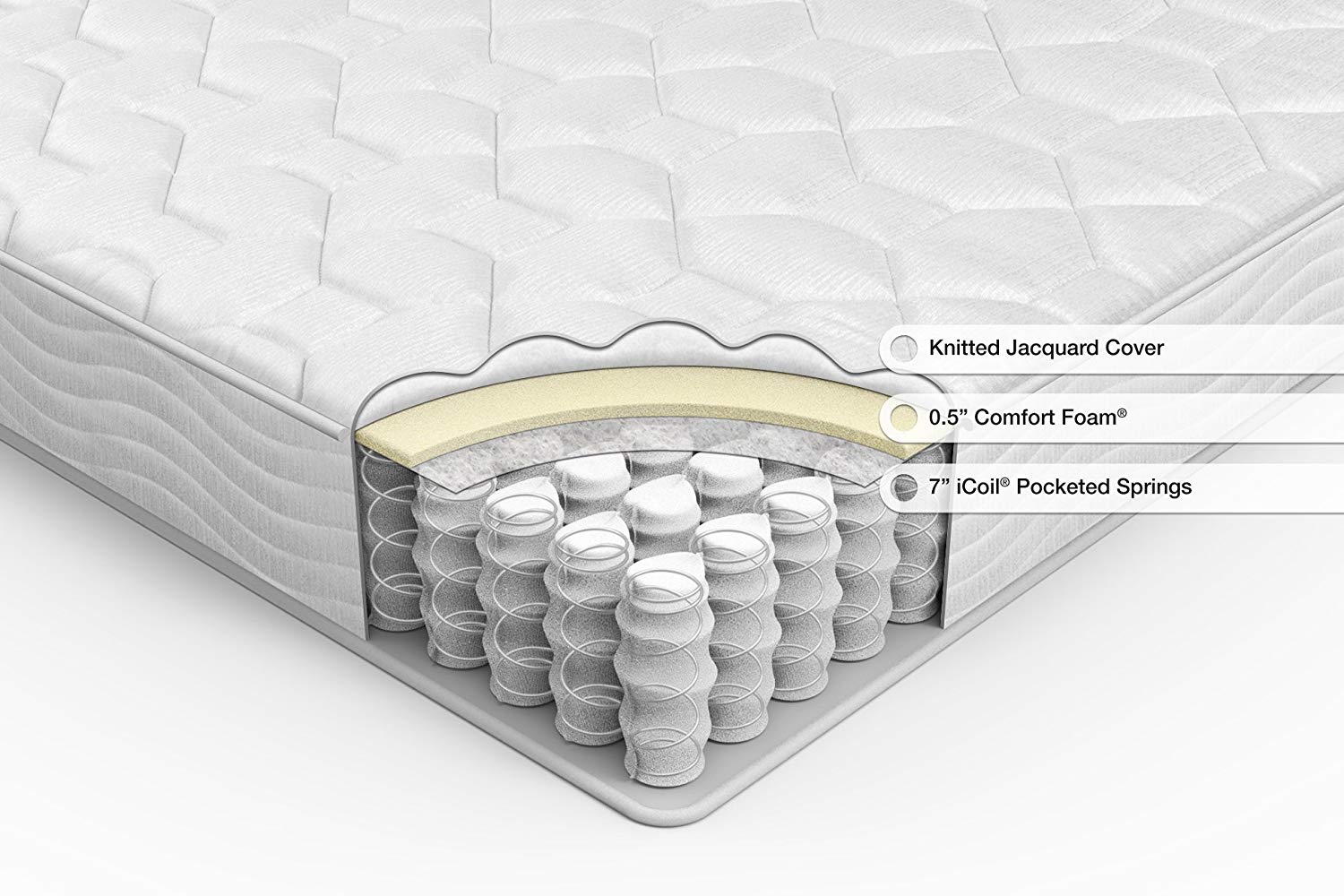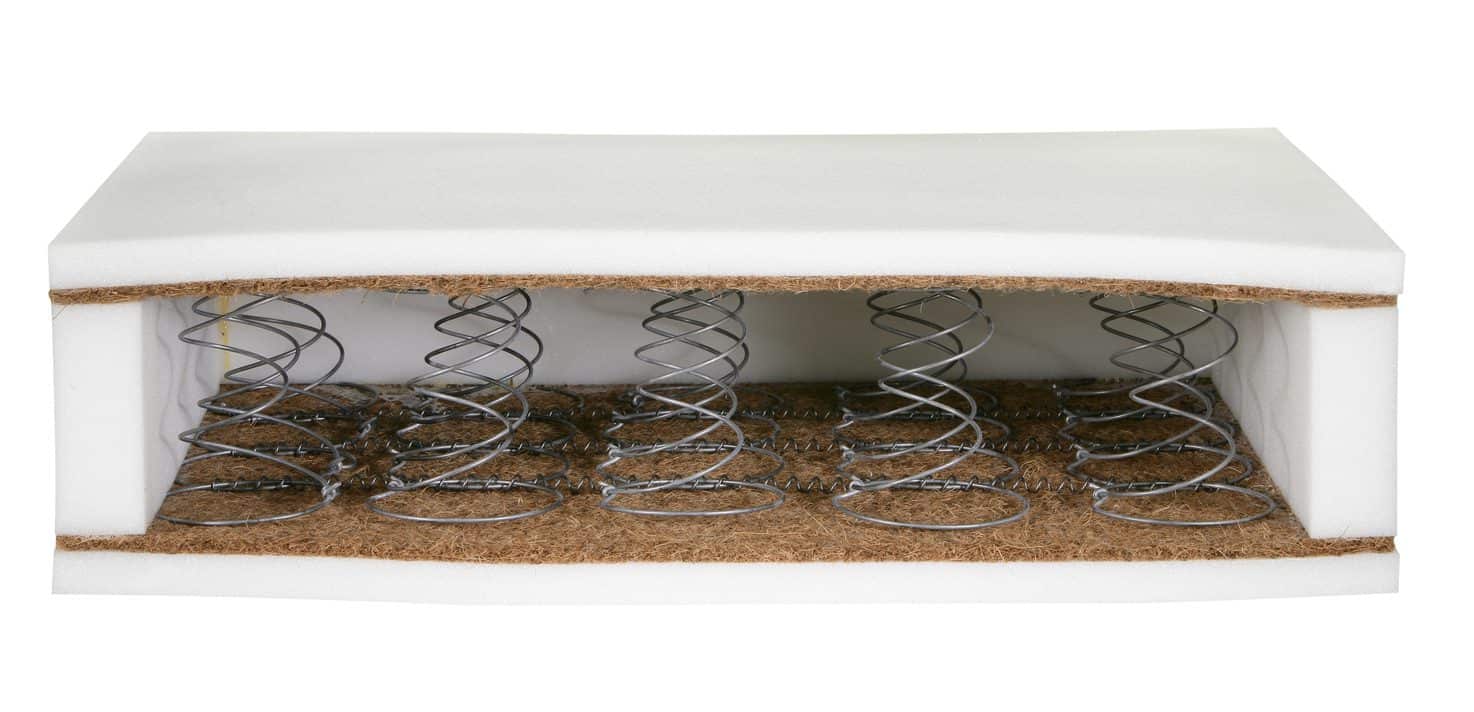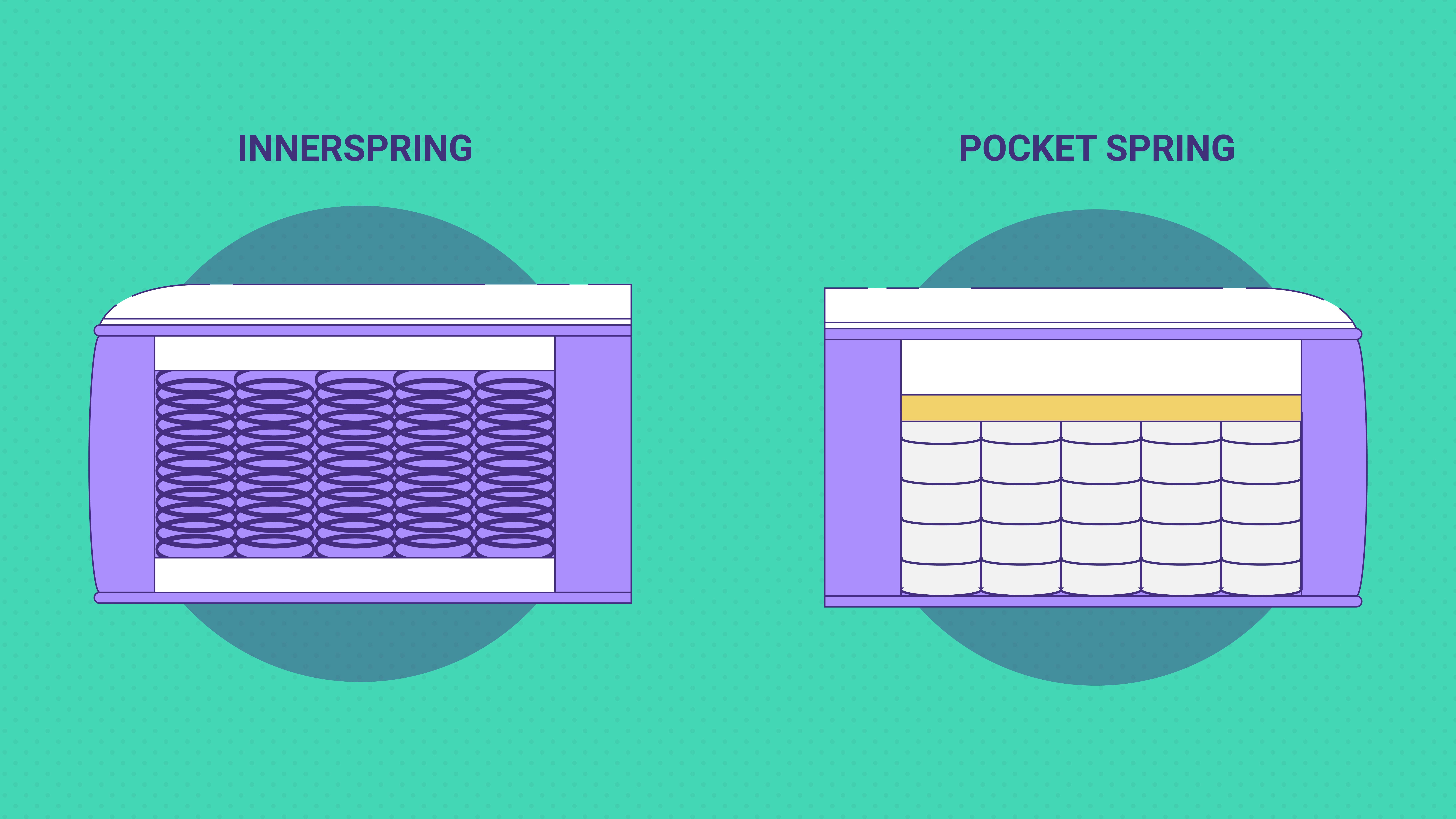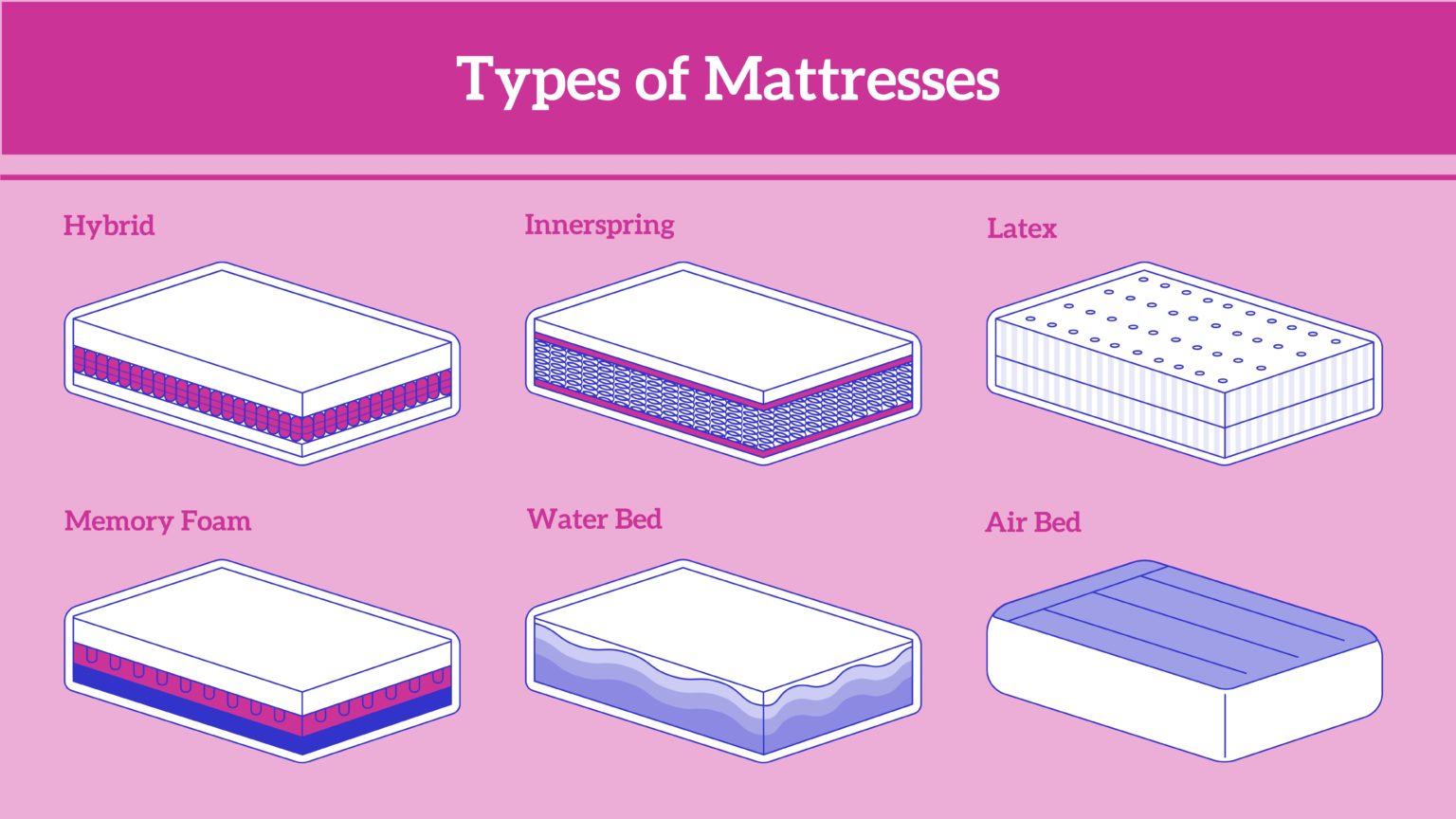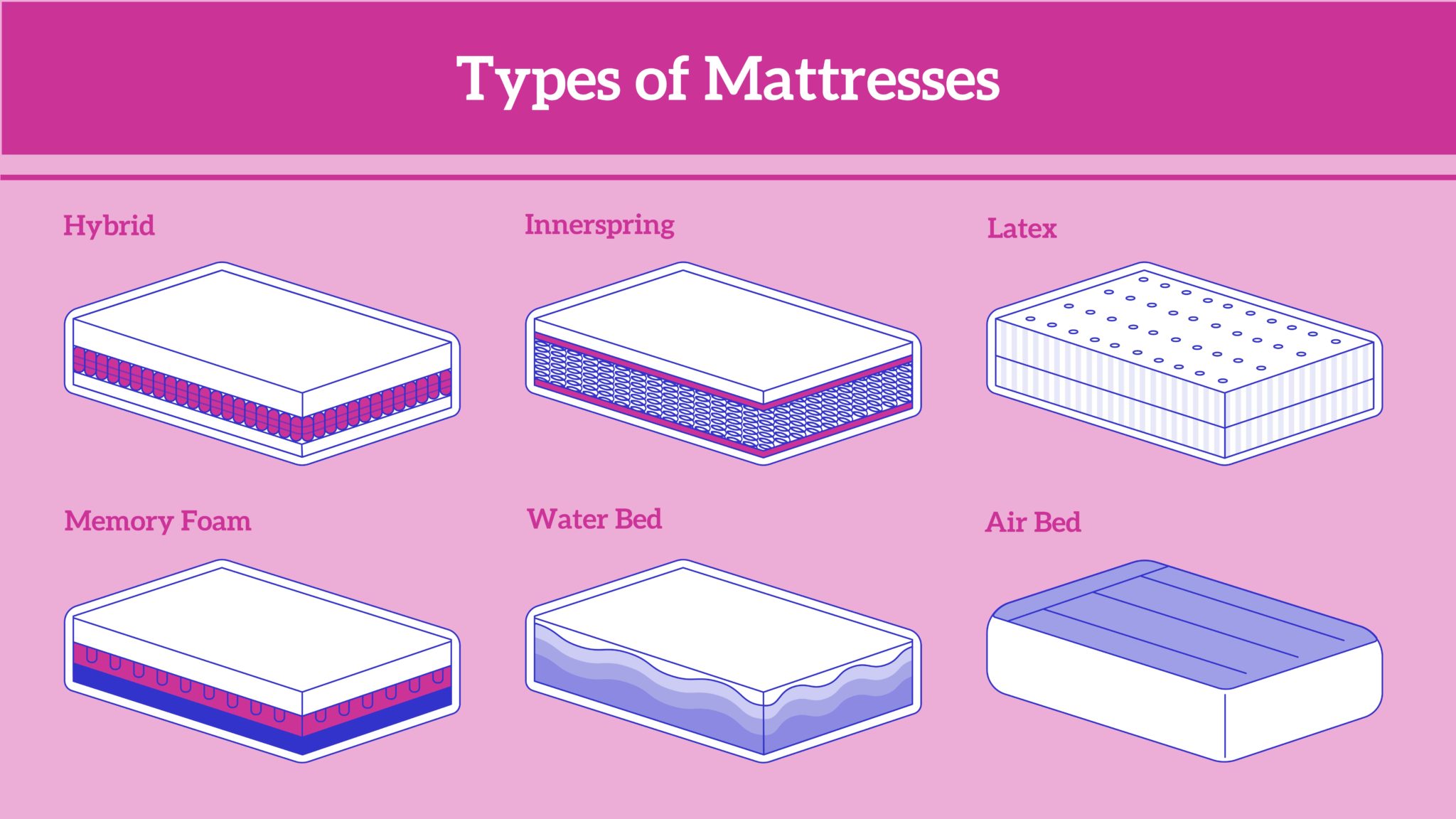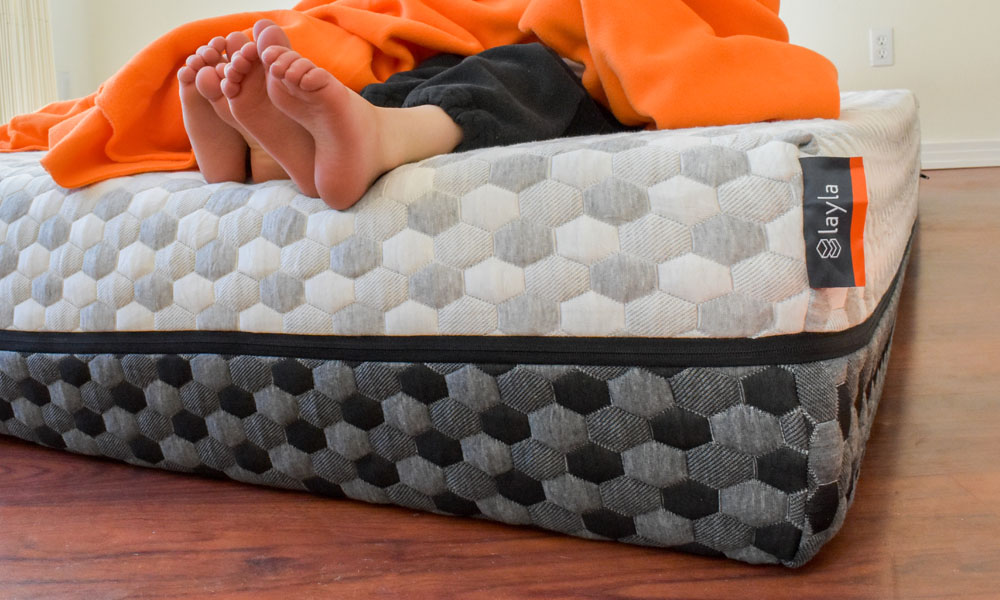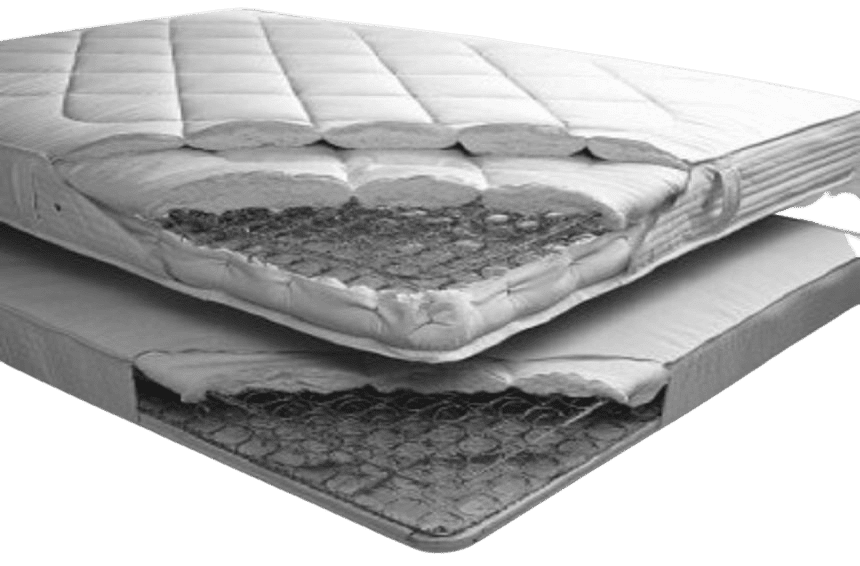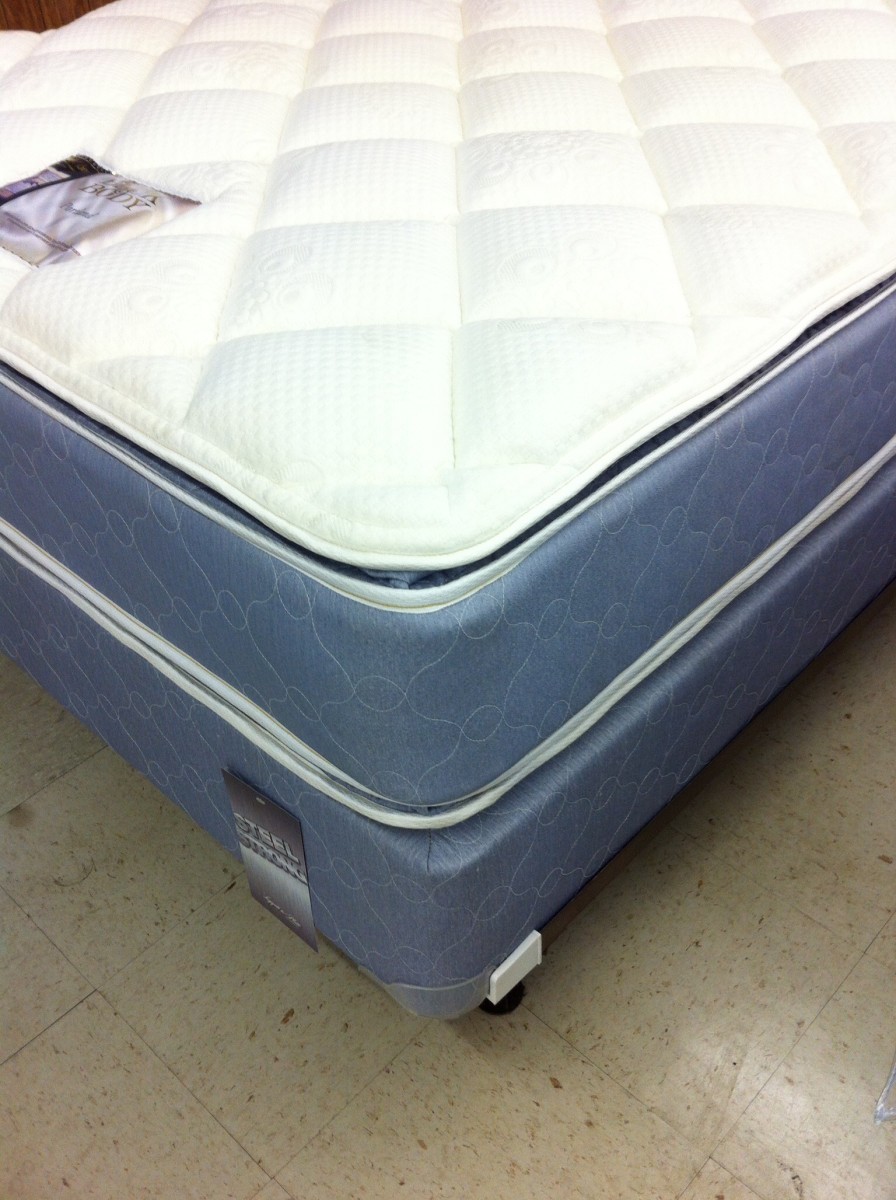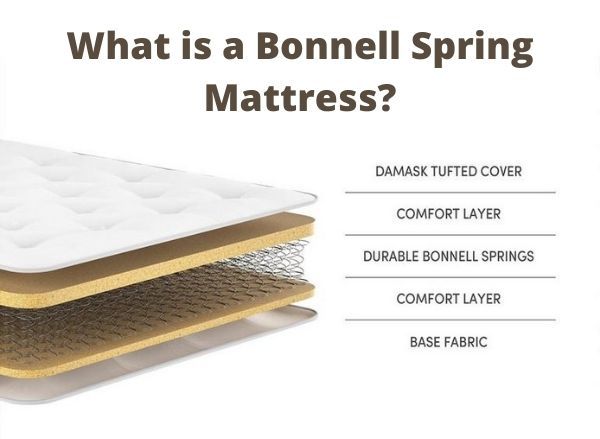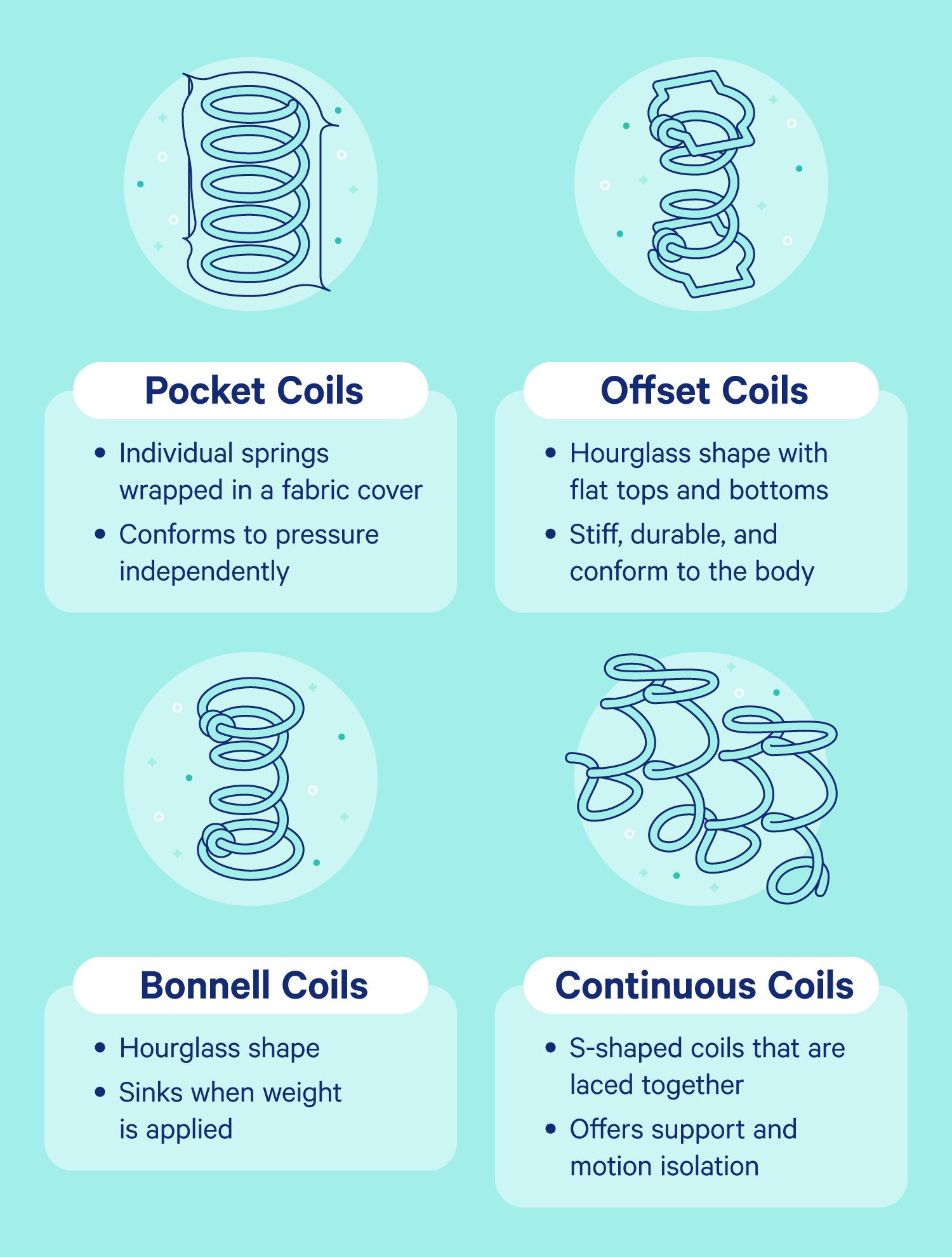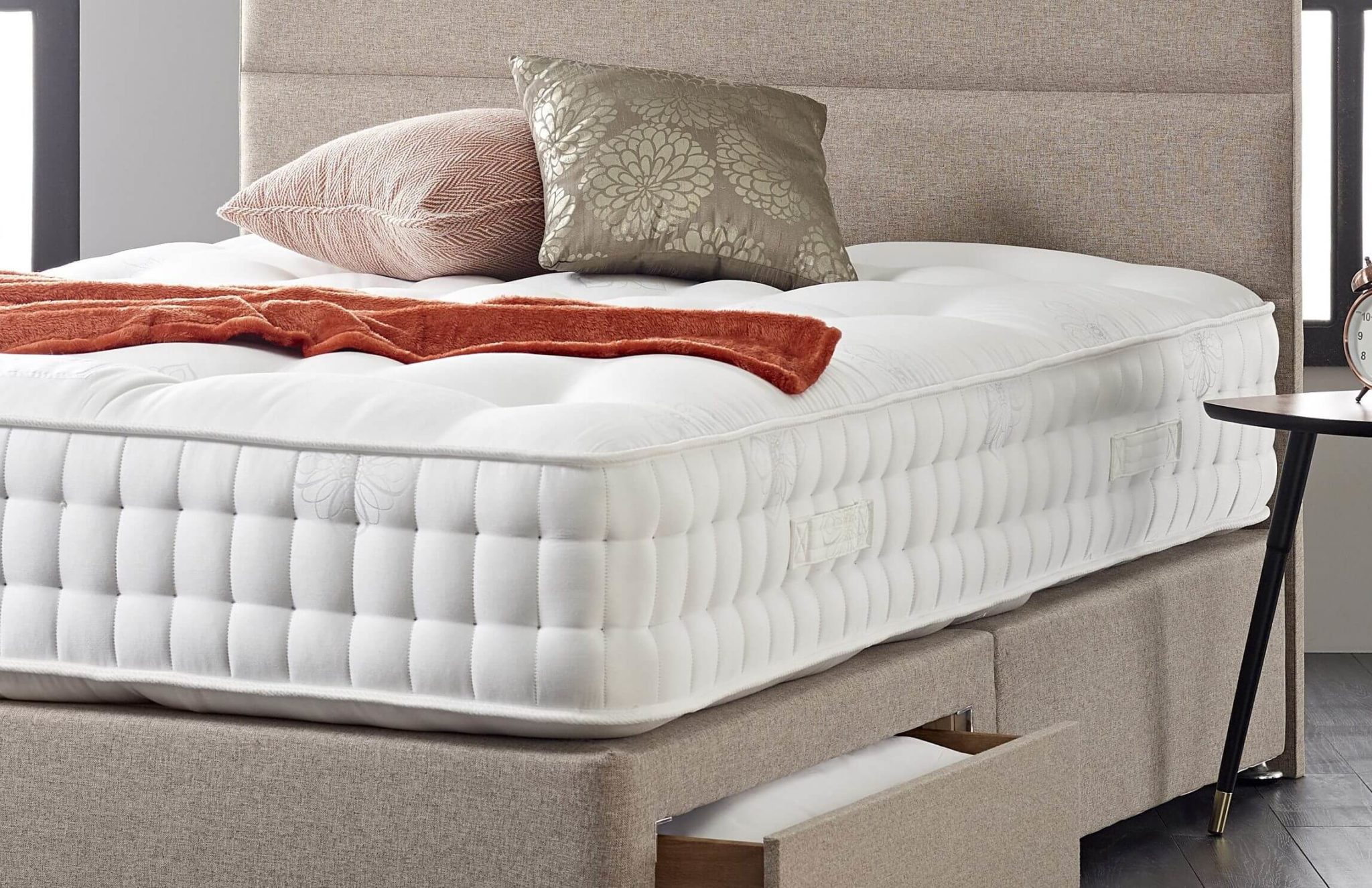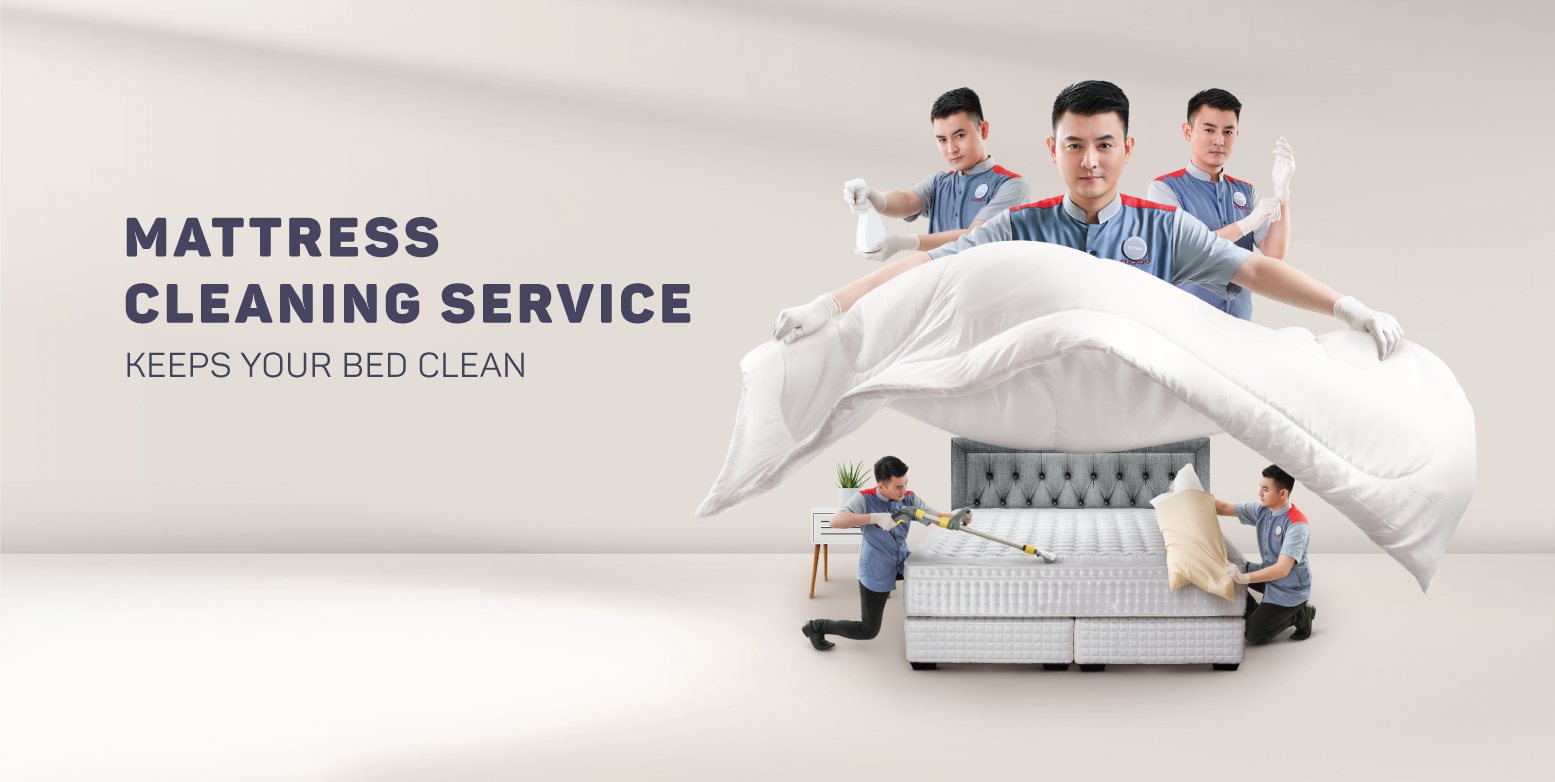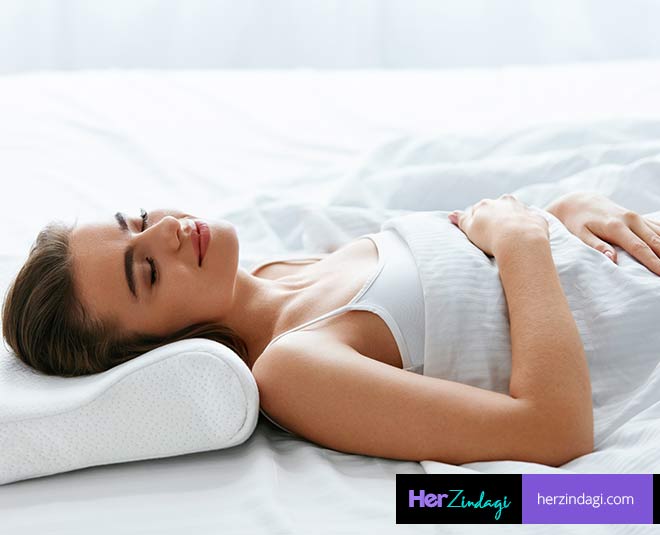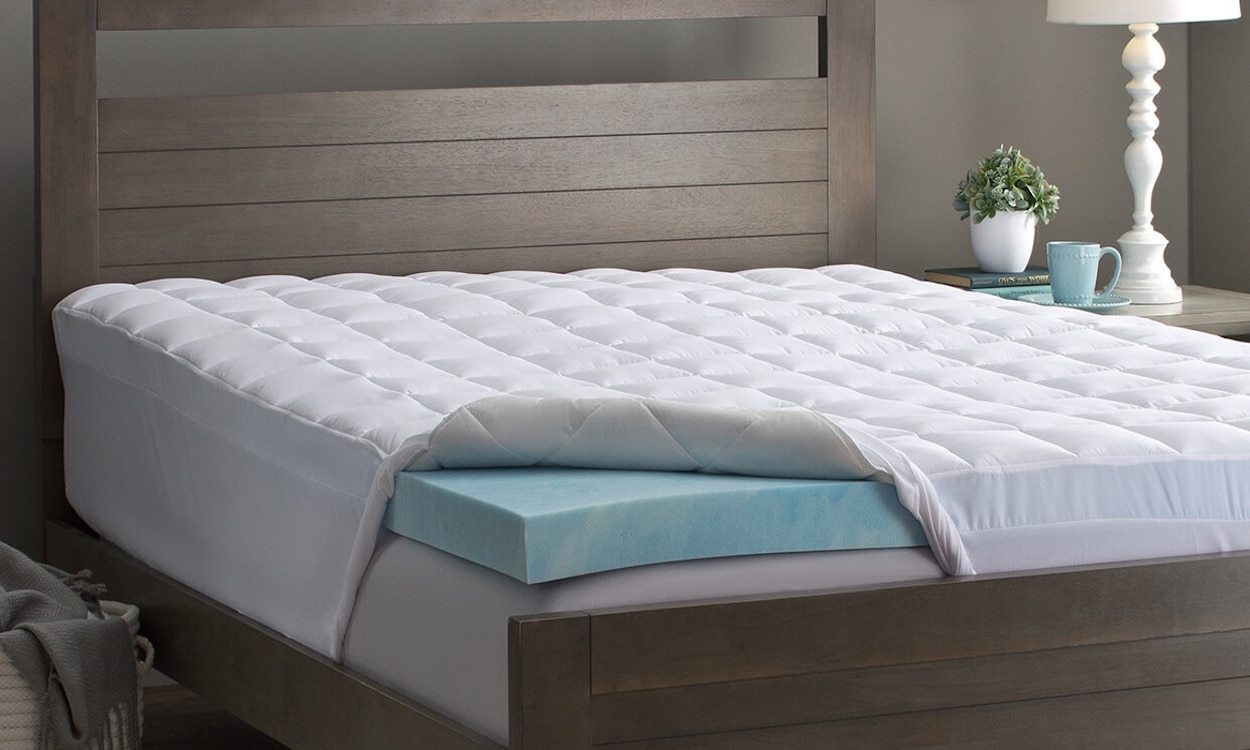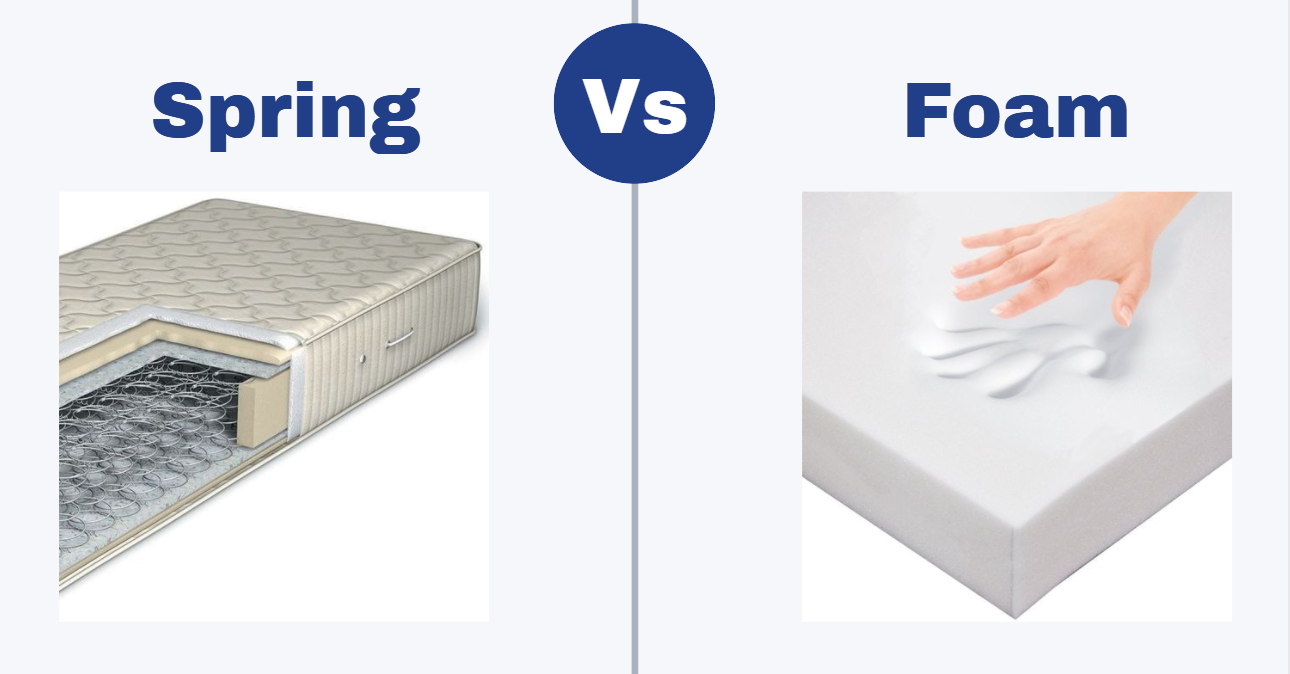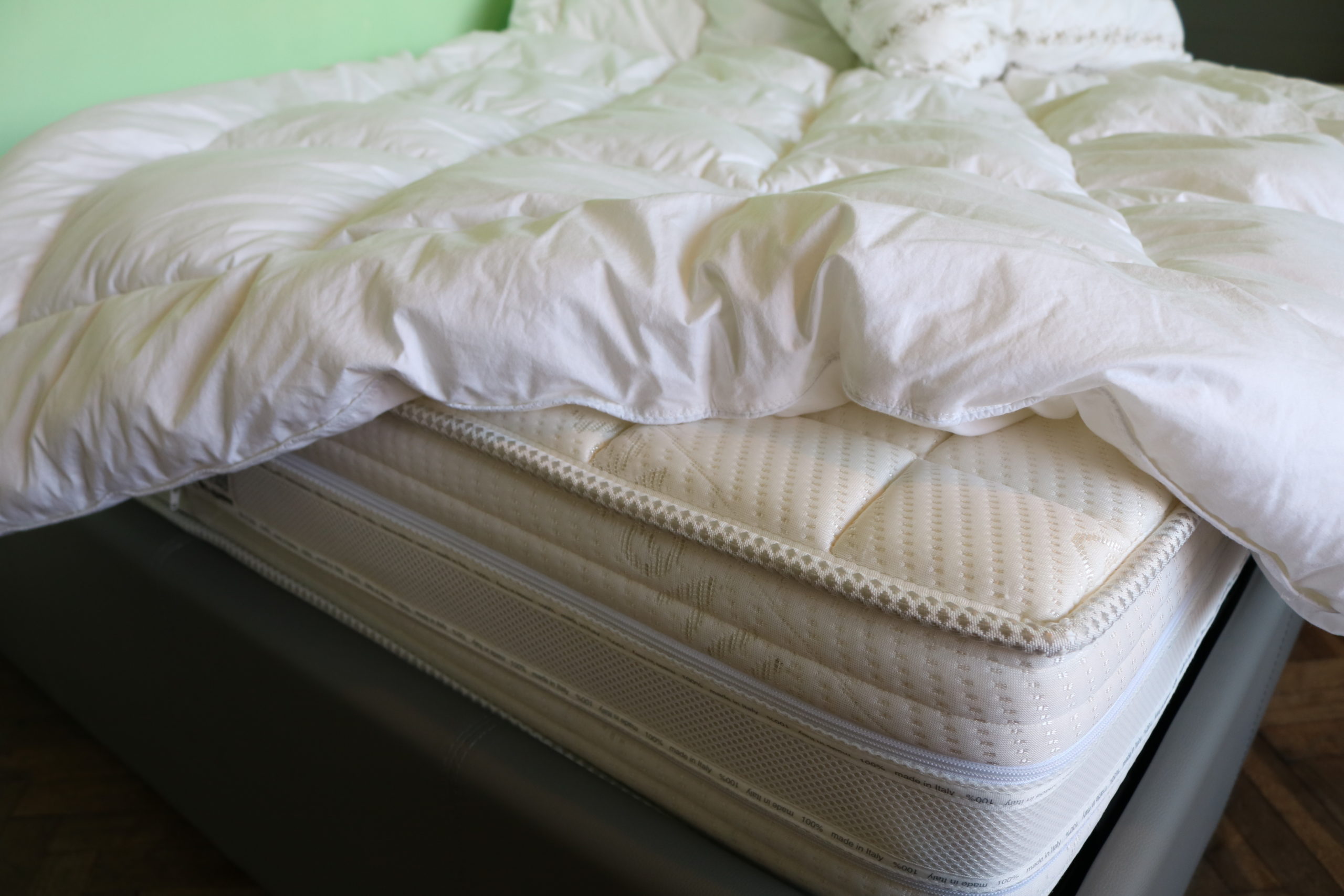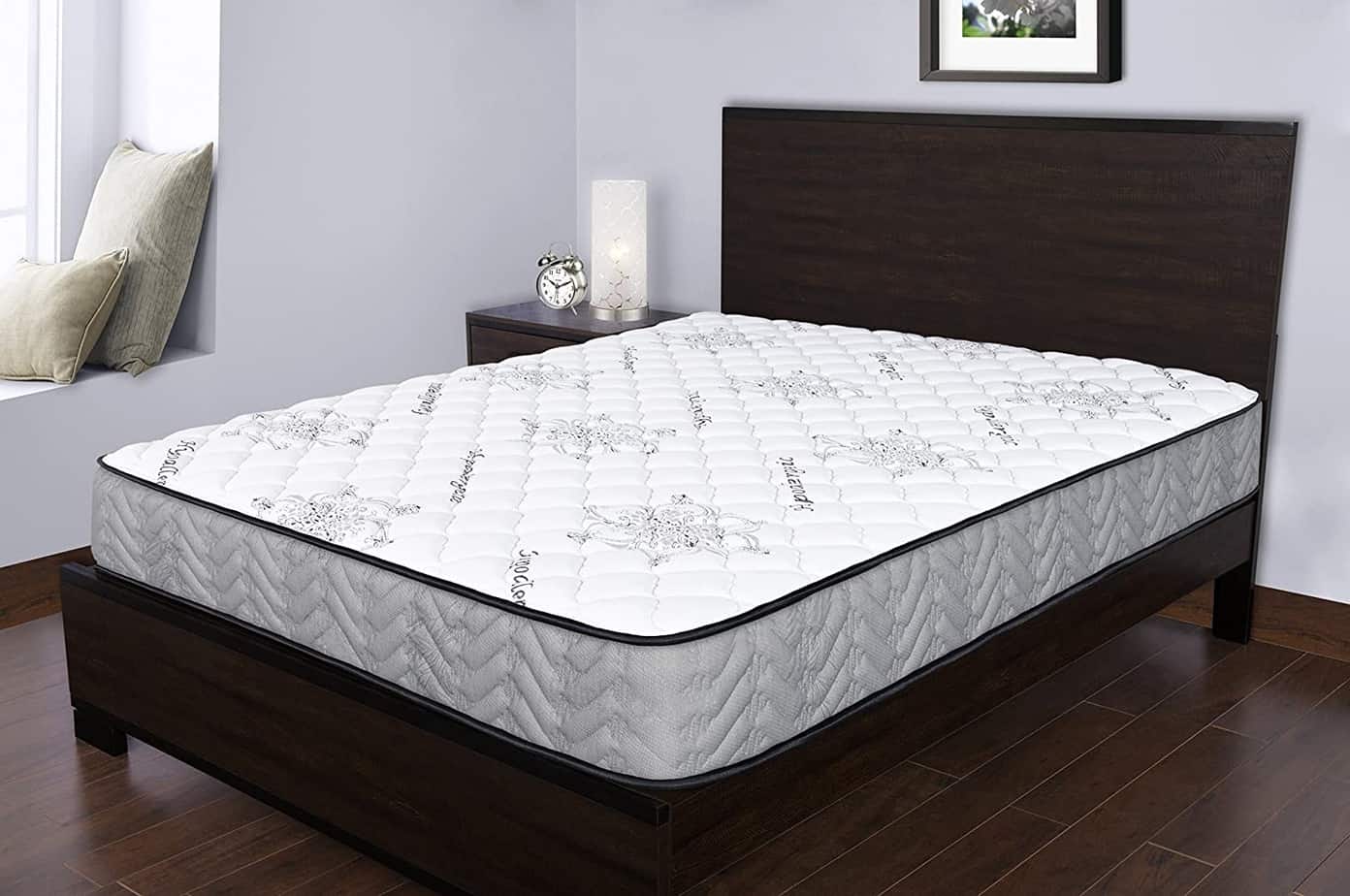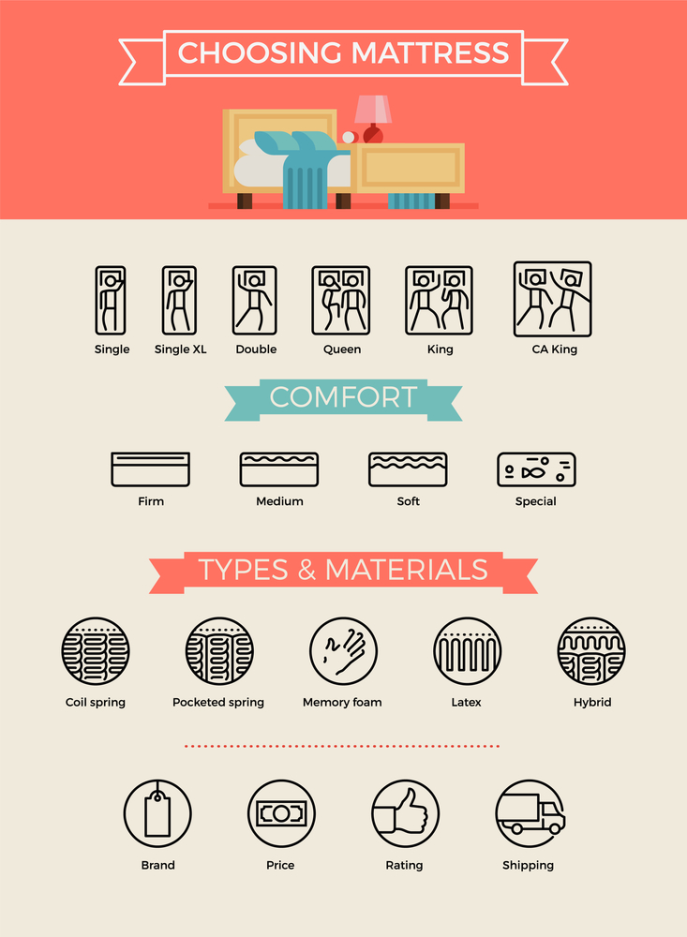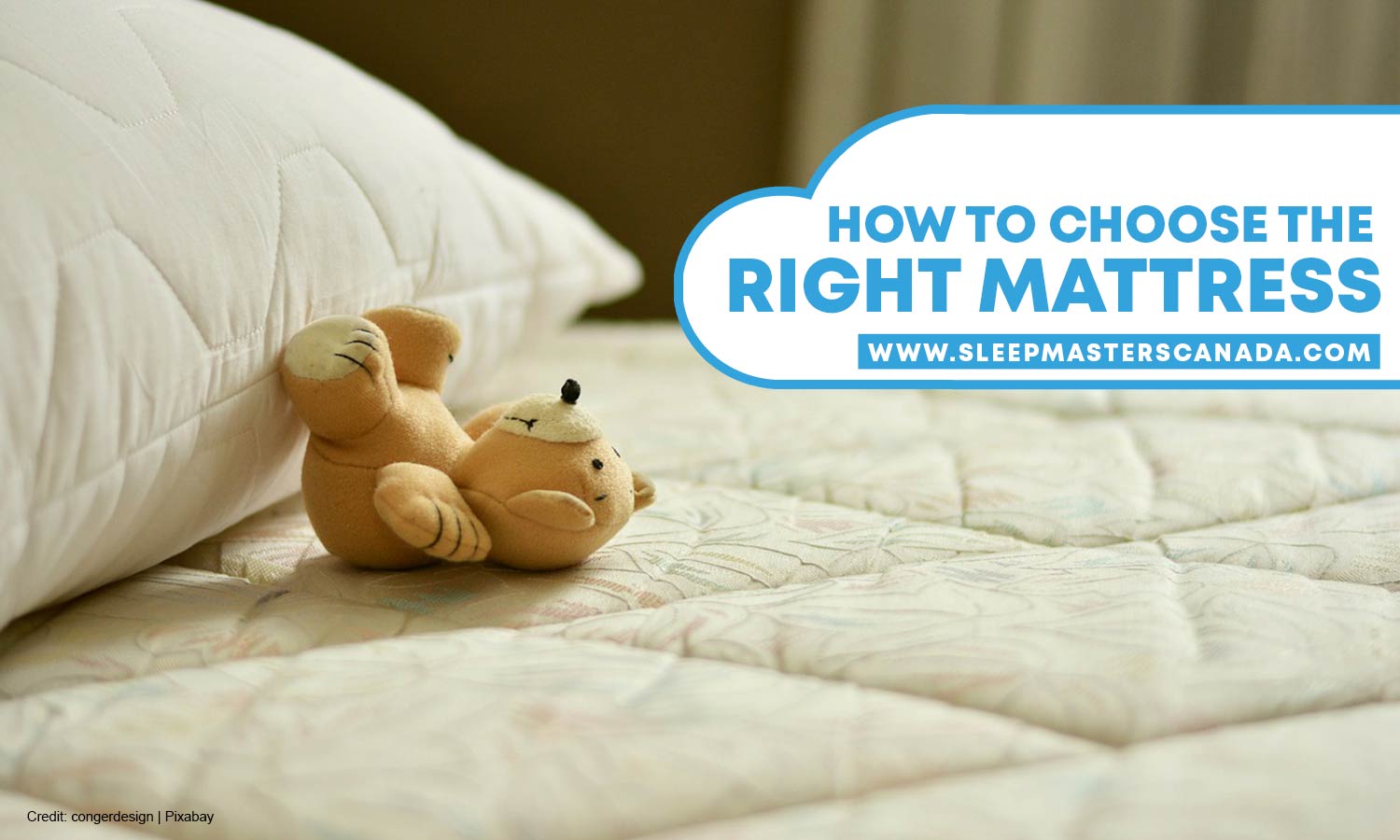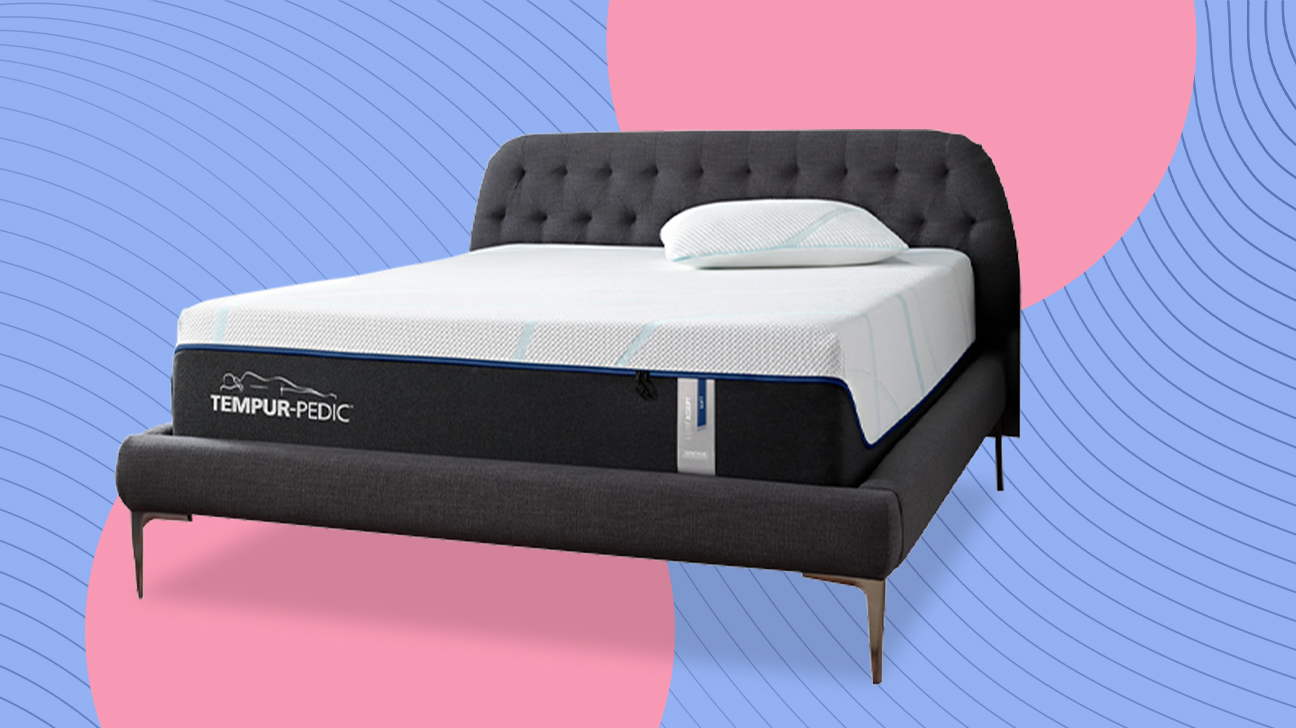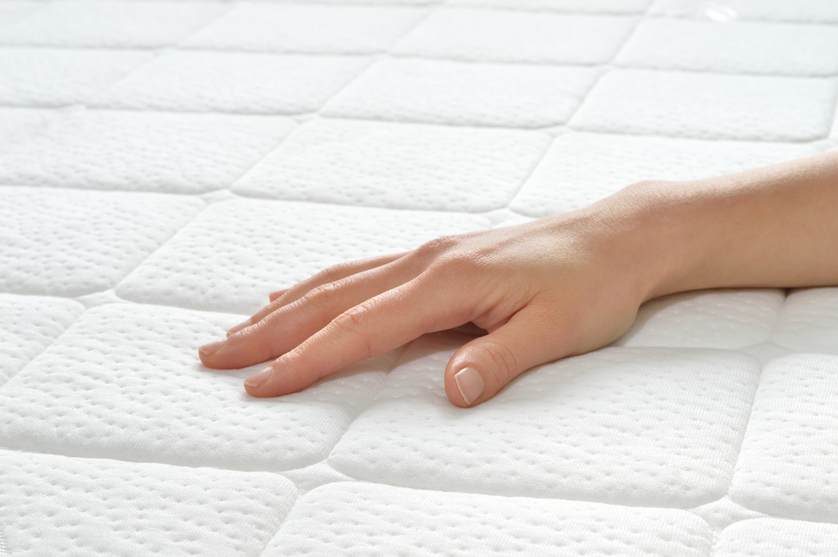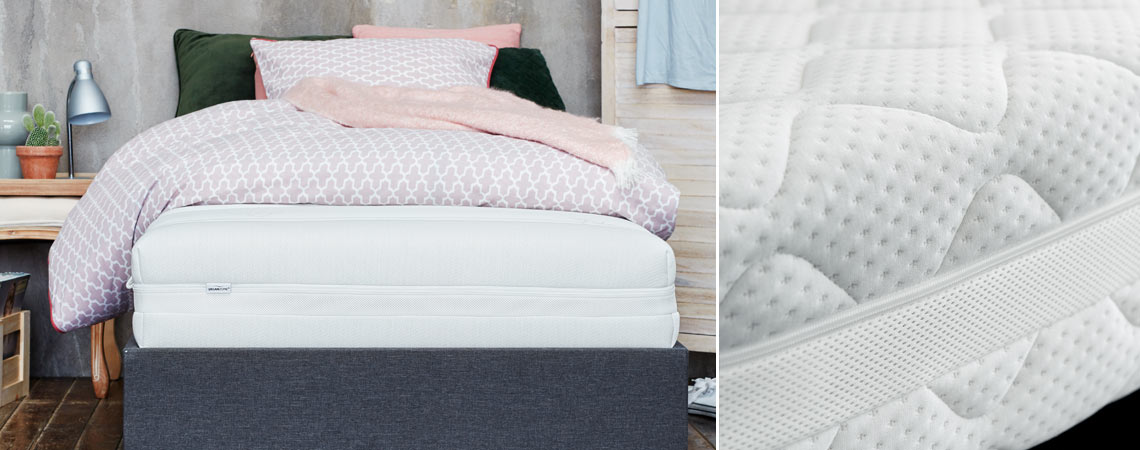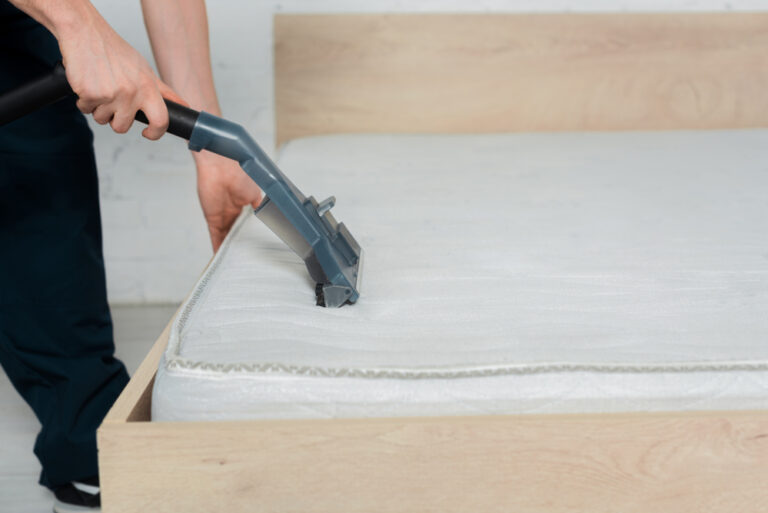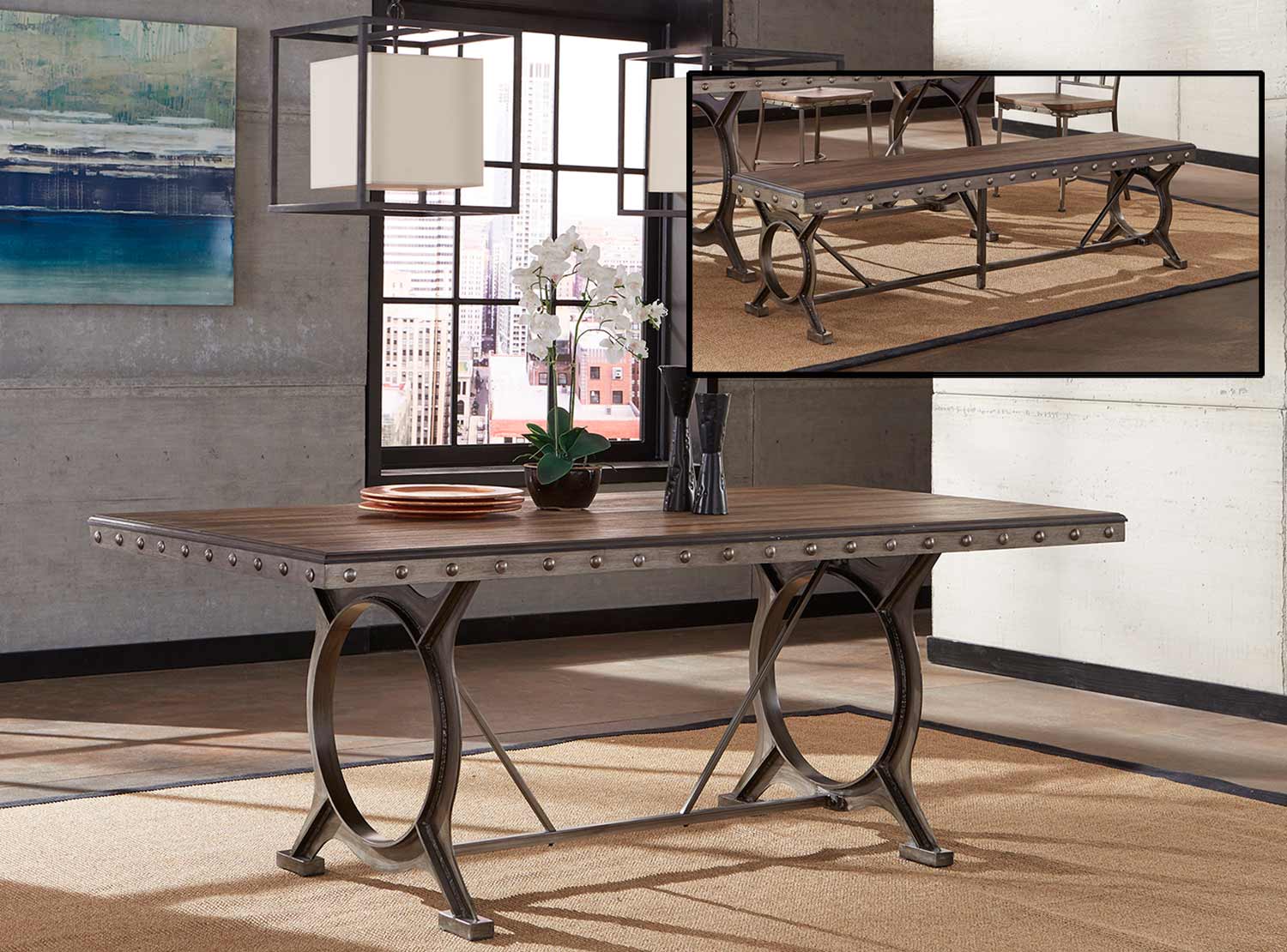What is a Non-Spring Mattress?
A non-spring mattress is a type of mattress that does not contain any traditional metal springs or coils in its construction. Instead, it utilizes different materials such as foam, latex, or air to provide support and comfort for the sleeper.
Non-spring mattresses are becoming increasingly popular due to their ability to conform to the body's shape and provide pressure relief. They are also known for their durability and long lifespan.
Non-Spring Mattress Definition and Types
Non-spring mattresses can be defined as mattresses that do not use traditional springs or coils as their primary support system. They are also known as foam mattresses, as they are typically made of different layers of foam.
There are several types of non-spring mattresses, including memory foam, latex, and air mattresses. Each type has its own unique characteristics and benefits, making it important to understand the differences before making a purchase decision.
Understanding Non-Spring Mattresses
Non-spring mattresses are designed to provide support and comfort through the use of foam layers. These mattresses are known for their ability to conform to the body's shape, distributing weight evenly and reducing pressure points.
They also offer motion isolation, meaning that movement on one side of the bed will not disturb the other side. This can be beneficial for couples who have different sleep schedules or for those who are easily disturbed by movements during the night.
Non-Spring Mattress Pros and Cons
Like any type of mattress, non-spring mattresses have their own set of pros and cons. Some of the benefits of choosing a non-spring mattress include superior comfort, pressure relief, and motion isolation. They are also known for their durability and can last for up to 10 years with proper care.
However, non-spring mattresses may not be suitable for those who prefer a firmer sleeping surface or for individuals with back problems, as they may not provide enough support. They may also retain heat, which can be uncomfortable for some sleepers.
Types of Non-Spring Mattresses
There are three main types of non-spring mattresses: memory foam, latex, and air mattresses. Memory foam mattresses are made of viscoelastic foam, which responds to pressure and heat, contouring to the body's shape. Latex mattresses are made of natural or synthetic rubber and are known for their bounce and responsiveness. Air mattresses, on the other hand, use air chambers to provide support and can be adjusted to different firmness levels.
Benefits of Choosing a Non-Spring Mattress
One of the main benefits of choosing a non-spring mattress is the superior comfort and pressure relief it provides. The foam layers in these mattresses conform to the body's shape, cradling it and reducing pressure on joints and muscles.
Non-spring mattresses also offer excellent motion isolation, making them a great choice for couples or individuals who are easily disturbed by movements during the night. They are also durable and can last for many years with proper care.
Non-Spring Mattress vs. Spring Mattress
While both types of mattresses have their own benefits, there are some key differences between non-spring and spring mattresses. Spring mattresses are known for their bounciness and responsiveness, while non-spring mattresses offer more contouring and pressure relief.
Spring mattresses may also be more suitable for those who prefer a firmer sleeping surface, while non-spring mattresses are better for those who like a softer feel. Ultimately, the best choice will depend on personal preference and individual needs.
How to Choose the Right Non-Spring Mattress
When choosing a non-spring mattress, there are a few factors to consider to ensure you make the right decision. First, think about your preferred sleeping position and choose a mattress that will provide proper support for your body.
You should also consider the materials used in the mattress, the level of firmness, and any additional features such as cooling technology or hypoallergenic properties. It's also a good idea to test out different mattresses in-store before making a purchase.
Top Non-Spring Mattress Brands
There are many reputable brands that offer high-quality non-spring mattresses. Some popular options include Tempur-Pedic, Sealy, and Casper. These brands offer a variety of models to choose from, each with their own unique features and benefits.
It's always a good idea to do some research and read reviews before making a purchase to ensure you are getting the best mattress for your needs and budget.
Non-Spring Mattress Care and Maintenance
To ensure your non-spring mattress lasts for many years, it's important to properly care for and maintain it. This includes rotating the mattress every few months to prevent uneven wear, using a mattress protector to keep it clean, and avoiding jumping or putting excessive weight on the mattress.
If your mattress starts to develop indentations or loses its support, it may be time to replace it. With proper care, a non-spring mattress can provide comfortable and restful sleep for many years to come.
The Importance of Choosing the Right Mattress for a Good Night's Sleep
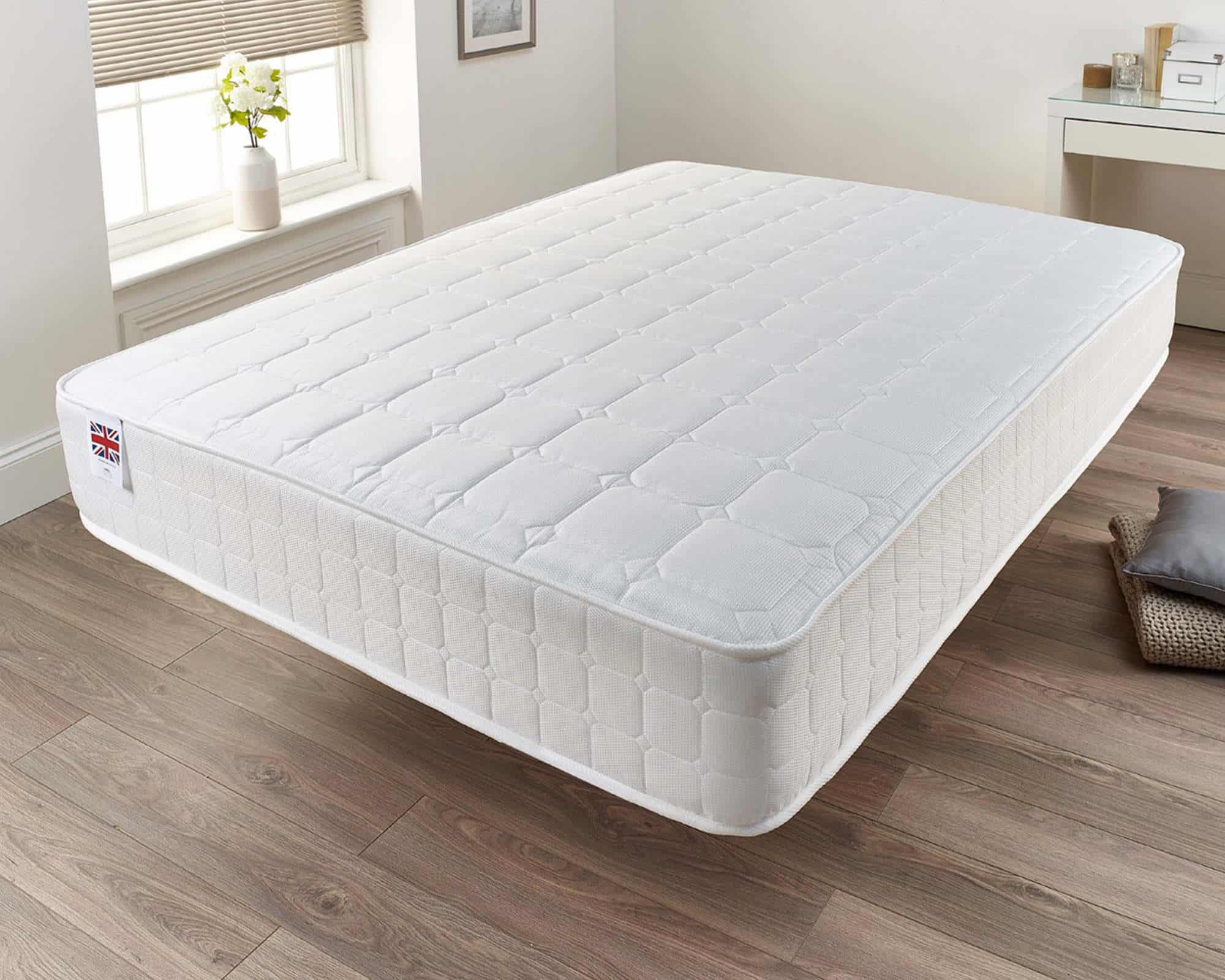
Introduction
 A good night's sleep is crucial for our physical and mental well-being. And the key to achieving that is choosing the right mattress. While there are many types of mattresses available in the market,
non-spring mattresses
have gained popularity in recent years. These mattresses offer a unique set of benefits that make them stand out from traditional spring mattresses. In this article, we will delve into the definition of non-spring mattresses and explore their benefits, helping you make an informed decision when it comes to choosing the perfect mattress for your home.
A good night's sleep is crucial for our physical and mental well-being. And the key to achieving that is choosing the right mattress. While there are many types of mattresses available in the market,
non-spring mattresses
have gained popularity in recent years. These mattresses offer a unique set of benefits that make them stand out from traditional spring mattresses. In this article, we will delve into the definition of non-spring mattresses and explore their benefits, helping you make an informed decision when it comes to choosing the perfect mattress for your home.
What is a Non-Spring Mattress?
 A
non-spring mattress
, also known as a
foam mattress
, is made of layers of foam materials such as memory foam, latex foam, or polyurethane foam. These layers work together to provide support and comfort to the sleeper. Unlike traditional spring mattresses, which have a coil system for support,
non-spring mattresses
rely on foam layers to distribute body weight evenly and relieve pressure points.
A
non-spring mattress
, also known as a
foam mattress
, is made of layers of foam materials such as memory foam, latex foam, or polyurethane foam. These layers work together to provide support and comfort to the sleeper. Unlike traditional spring mattresses, which have a coil system for support,
non-spring mattresses
rely on foam layers to distribute body weight evenly and relieve pressure points.
The Benefits of Non-Spring Mattresses
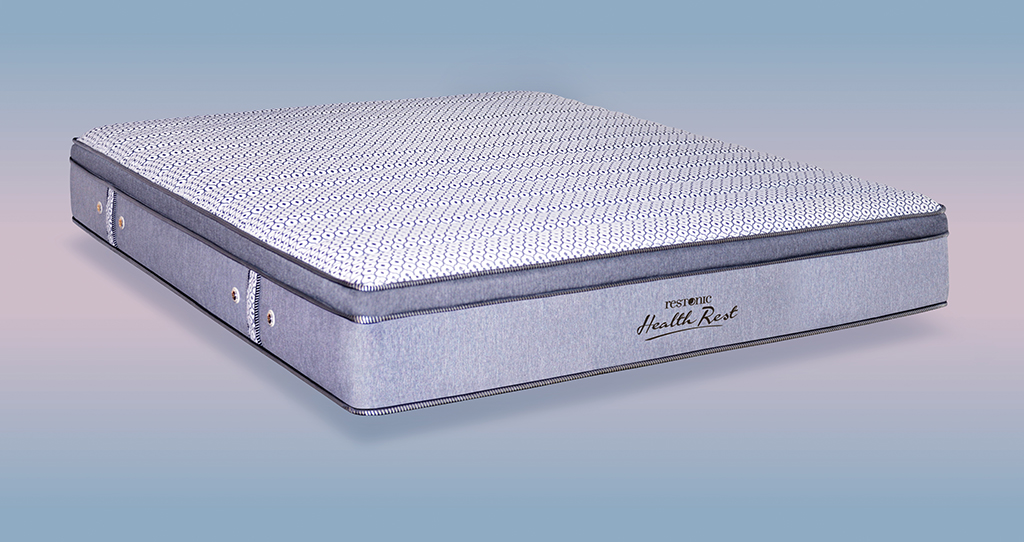 One of the key benefits of
non-spring mattresses
is their ability to conform to the body's shape, providing customized support for different body types. This makes them ideal for people with back or joint pain, as they alleviate pressure and reduce discomfort. Moreover, because they have no springs,
non-spring mattresses
are virtually silent, making them perfect for light sleepers who are easily disturbed by noise.
Another advantage of
non-spring mattresses
is their durability. Unlike spring mattresses, which can lose their shape and support over time,
non-spring mattresses
have a longer lifespan and maintain their shape and comfort for years. This makes them a cost-effective choice in the long run.
One of the key benefits of
non-spring mattresses
is their ability to conform to the body's shape, providing customized support for different body types. This makes them ideal for people with back or joint pain, as they alleviate pressure and reduce discomfort. Moreover, because they have no springs,
non-spring mattresses
are virtually silent, making them perfect for light sleepers who are easily disturbed by noise.
Another advantage of
non-spring mattresses
is their durability. Unlike spring mattresses, which can lose their shape and support over time,
non-spring mattresses
have a longer lifespan and maintain their shape and comfort for years. This makes them a cost-effective choice in the long run.
In Conclusion
 Choosing the right mattress is crucial for a good night's sleep. And
non-spring mattresses
offer a unique set of benefits that make them a popular choice among sleepers. With their ability to conform to the body's shape, relieve pressure, and provide long-lasting support,
non-spring mattresses
are a great investment for your overall well-being. So, the next time you are in the market for a new mattress, consider a
non-spring mattress
for a comfortable and restful sleep.
Choosing the right mattress is crucial for a good night's sleep. And
non-spring mattresses
offer a unique set of benefits that make them a popular choice among sleepers. With their ability to conform to the body's shape, relieve pressure, and provide long-lasting support,
non-spring mattresses
are a great investment for your overall well-being. So, the next time you are in the market for a new mattress, consider a
non-spring mattress
for a comfortable and restful sleep.
